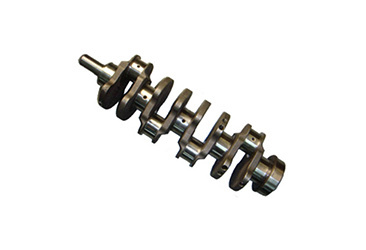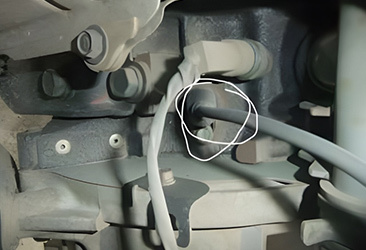The formation of iron oxide scale during the heating process of castings
Release time:
2024-01-31
During the heating process of the casting in the furnace, the generated iron oxide scale is a chemical reaction that is difficult to avoid between iron and oxygen or between iron and combustion products (such as CO2, H2O vapor, etc.).
During the heating process of the castings in the heating furnace, the formation of iron oxide scale is an unavoidable chemical reaction between iron and oxygen or between iron and combustion products (such as CO2, H2O vapor). Normally, removing the iron oxide scale does not affect the quality of the finished product. However, if the removal of iron oxide scale is not done well, various defects in different forms may appear on the finished steel coils during rolling, affecting product quality.
The iron oxide scale formed during the hot rolling process of strip steel can be divided into three types: primary iron oxide scale formed in the heating furnace, secondary iron oxide scale formed before finishing rolling, and tertiary iron oxide scale formed during finishing rolling and subsequent cooling processes. The primary iron oxide scale can be removed by high-pressure water from a descaling box set up before the roughing mill. The secondary iron oxide scale is removed by high-pressure descaling water arranged within the roughing mill group and a descaling box before the finishing mill group. The thickness of tertiary iron oxide scale and its bonding state with the strip steel substrate are controlled through comprehensive factors such as surface temperature control of strip steel in the finishing rolling area and working roll surface condition control, ultimately being removed through acid pickling before cold rolling.
Latest News









